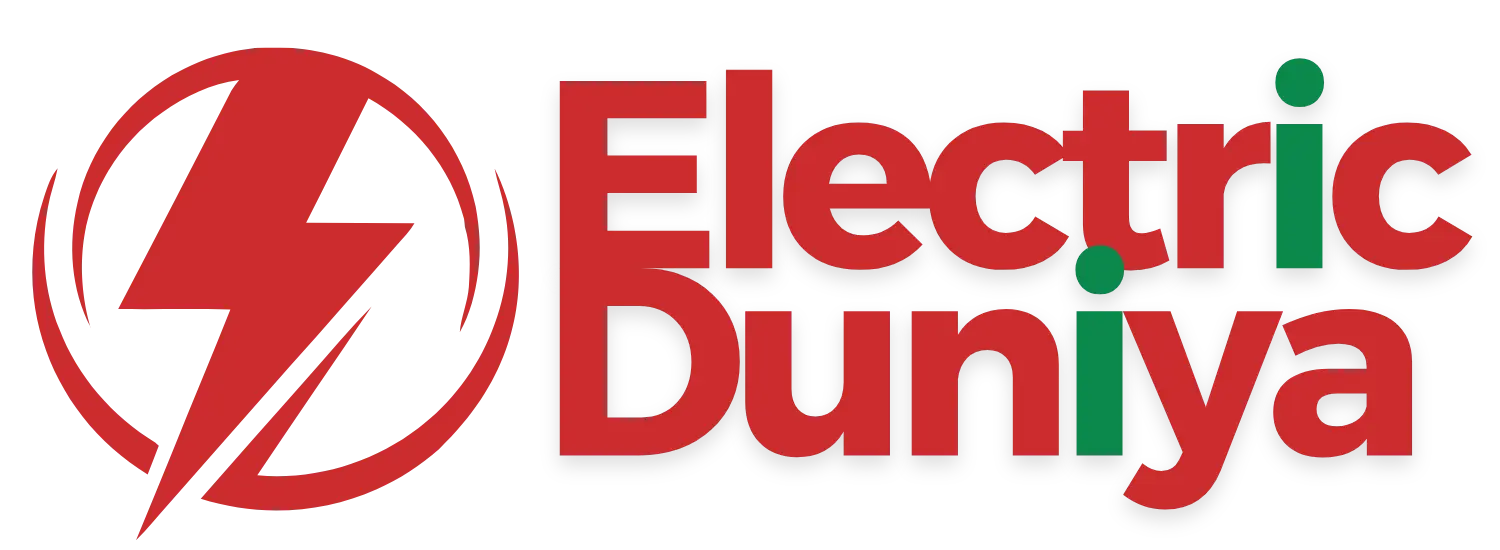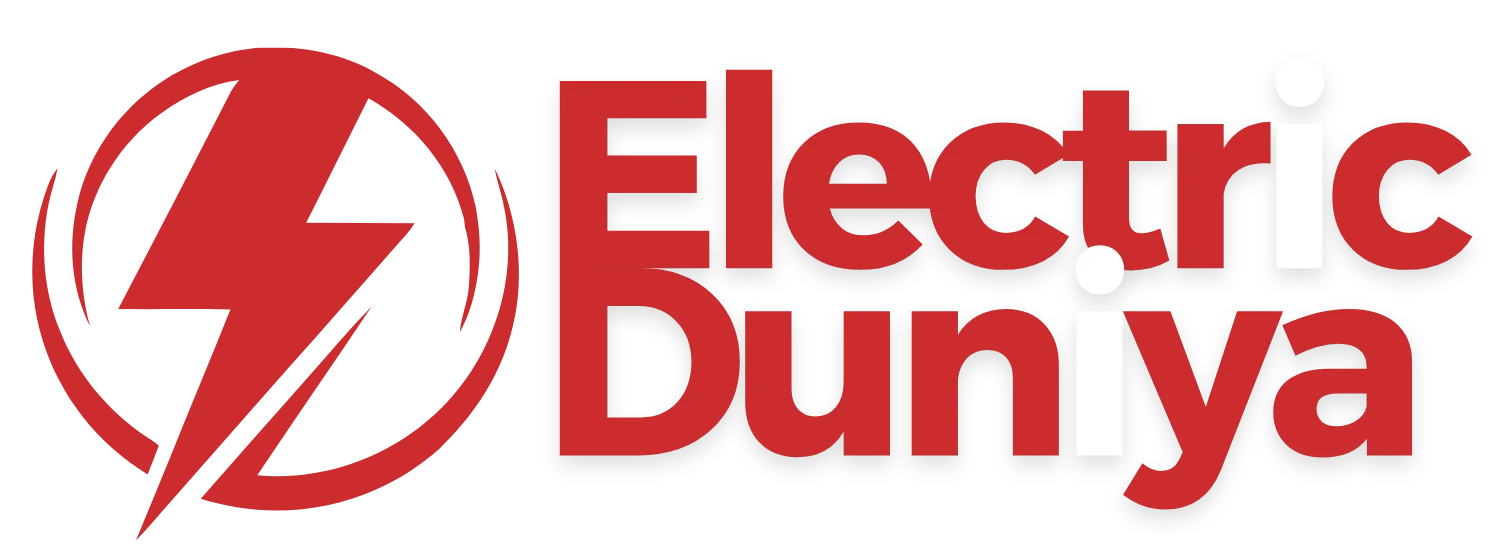DC Charging
DC charging refers to the process of supplying direct current (DC) electricity directly to an electric vehicle’s battery, enabling significantly faster charging compared to alternating current (AC) charging. It’s commonly used in public fast-charging stations for quick energy top-ups.
Overview
In the rapidly growing electric vehicle (EV) landscape, charging speed and convenience have emerged as key differentiators. Unlike traditional AC charging, which relies on the vehicle’s onboard charger to convert current, DC charging bypasses this step and delivers power directly to the battery pack.
This ability to inject energy at higher voltages and currents drastically reduces charging times, making DC fast charging (DCFC) critical for highway networks, urban charging hubs, and commercial EV operations. As range anxiety gives way to recharge time anxiety, DC charging is increasingly positioned as the backbone of long-distance and high-usage EV travel.
From Tesla’s Superchargers to CCS (Combined Charging System) and CHAdeMO stations, DC charging infrastructure continues to evolve with greater power delivery, intelligent load balancing, and wide EV compatibility, transforming how and where we fuel electric mobility.
How Does It Work?
At its core, DC charging supplies direct current electricity from the external charger to the EV’s battery, skipping the need for the vehicle’s onboard inverter. Here’s a breakdown of the process:
-
Power Delivery
The charging station is connected to the grid and includes an internal AC-to-DC converter. When an EV plugs in, the station sends DC power directly to the battery via a high-capacity cable.
-
Communication Protocol
The vehicle and charger establish a communication handshake through standardized protocols like ISO 15118, negotiating voltage, current limits, battery status, and charge duration.
-
Battery Management System (BMS) Coordination
The EV’s Battery Management System regulates the incoming charge, ensuring safe voltage thresholds, thermal stability, and cell balancing.
-
Dynamic Charging Control
Throughout the session, the charger may modulate current to optimize efficiency and battery longevity, especially as the battery approaches 80% capacity, where charging rates often taper.
By delivering power externally and at high wattages (typically 50 kW to over 350 kW), DC charging enables a much faster energy transfer, ideal for time-sensitive use cases.
Features of DC Charging
-
Ultra-Fast Charging Speeds
DC chargers offer significantly higher power outputs than AC systems—50 kW, 150 kW, and even 350 kW+—enabling EVs to recover up to 80% charge in 15–30 minutes, depending on battery size and infrastructure.
-
External Power Conversion
Unlike AC charging that relies on the vehicle’s inverter, DC chargers include their own high-capacity converters, removing bottlenecks and allowing direct energy injection into the battery.
-
High Voltage and Current Flexibility
DC charging stations are designed to handle wide voltage ranges (up to 1000V) and current levels (up to 500A), making them suitable for both passenger EVs and heavy-duty commercial vehicles.
-
Smart Grid Integration
Advanced DC chargers come equipped with features like load management, demand response, and renewable energy compatibility, helping optimize grid usage and energy costs.
-
Multi-Standard Support
Many stations support multiple connector types—CCS, CHAdeMO, GB/T, and Tesla Superchargers—ensuring broad interoperability across brands and models.
Each feature reflects a strong focus on efficiency, user convenience, scalability, and technological interoperability, which are critical in accelerating EV adoption.
Applications in EV
DC charging is especially valuable in scenarios where charging speed and operational uptime are critical. Here’s how it’s applied across the EV ecosystem:
-
Highway and Long-Distance Travel
Fast-charging corridors powered by DC stations reduce downtime during road trips. Networks like IONITY (Europe), Tesla Supercharger, and Electrify America ensure seamless intercity EV travel.
-
Commercial Fleets & Ride-Hailing Services
Fleets of e-taxis, delivery vans, and public transit buses rely on DC fast charging to maximize vehicle utilization. For example, Amazon’s electric delivery vans are supported by high-speed DC infrastructure.
-
Public Charging Infrastructure
Urban DC charging hubs placed at malls, airports, and transit centers serve as high-turnover access points, supporting users who need quick top-ups during errands or commutes.
-
Heavy-Duty EV Applications
Electric trucks, buses, and logistics vehicles require high-voltage, high-power DC chargers for overnight or between-shift charging. Depot-based DC charging supports these large battery packs efficiently.
-
Battery-as-a-Service Models
Companies offering battery-swapping or leasing models may integrate DC charging to maintain high battery inventory readiness.
Through these applications, DC charging is revolutionizing not just how we power EVs—but how we design, plan, and operate future transportation systems.
Conclusion
DC charging is more than a technical upgrade—it’s a foundational pillar of the modern EV ecosystem. By enabling rapid recharging and reducing the downtime traditionally associated with electric vehicles, it directly addresses core adoption barriers like range anxiety and charging inconvenience.
With the global EV market racing toward scale, DC fast chargers are becoming essential infrastructure, enabling cross-country travel, supporting commercial operations, and future-proofing urban mobility systems.
As vehicle technology advances and battery capacities grow, DC charging will remain at the forefront of electric mobility innovation, bridging the gap between fossil-fuel refueling speeds and the cleaner, smarter energy systems of tomorrow.

